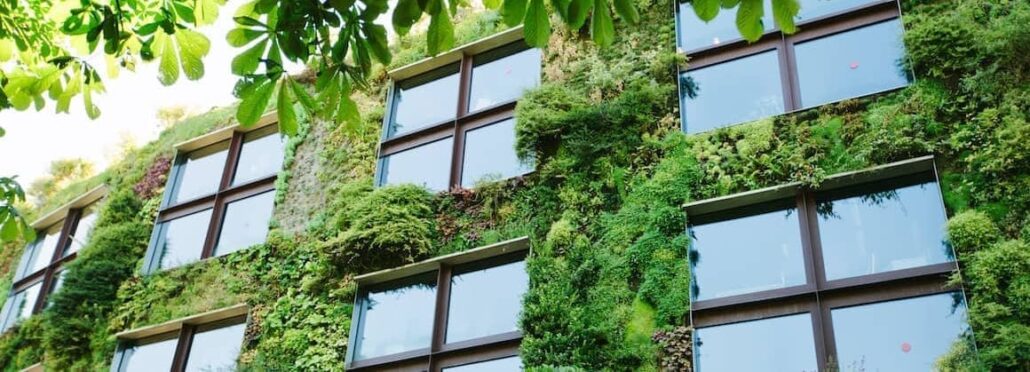Written by Christos Kougevetopoulos, head of operations at Wattcrop.
In an era where climate change is a growing concern and natural resources are depleting at an alarming rate, the need for sustainable practices in all aspects of life has become more crucial than ever before. One of the most impactful areas where sustainable practices can make a significant difference is in the field of architecture. Green architecture, also known as sustainable or eco-friendly architecture, holds the key to building a more sustainable future by integrating renewable energy solutions into the very fabric of our built environment.
Defining Green Architecture
Green architecture goes beyond just focusing on aesthetics and functionality. It encompasses a holistic approach that seeks to minimize the negative environmental impacts of buildings while maximizing their positive contributions. This is achieved through the use of innovative design strategies, advanced materials, and renewable energy technologies that significantly reduce energy consumption, carbon emissions, and overall resource usage.
The Synergy Between Green Architecture and Renewable Energy
Renewable energy sources, such as solar, wind, geothermal, and hydroelectric power, offer a promising avenue for reducing our reliance on fossil fuels. Green architecture harnesses the potential of these energy sources by seamlessly integrating renewable energy systems into the building’s design. Solar panels, for example, can be incorporated into roofs or facades, transforming buildings into self-sufficient power generators. Wind turbines can be strategically positioned to take advantage of natural airflows, providing both electricity and ventilation.
Key Principles of Green Architecture
Passive Design: Green architecture employs passive design strategies that take advantage of natural elements such as sunlight, wind, and shading. Proper orientation, window placement, and building materials help optimize energy efficiency and thermal comfort.
Energy-Efficient Systems: High-efficiency HVAC systems, LED lighting, and smart building controls contribute to minimizing energy consumption while maintaining comfortable indoor environments.
Net-Zero Energy: The ultimate goal of green architecture is to achieve net-zero energy buildings, where the energy generated from renewable sources on-site equals or exceeds the energy consumed by the building over time.
Material Selection: Sustainable building materials, such as recycled, low-impact, and locally sourced materials, reduce the carbon footprint of construction and promote responsible resource management.
Biophilic Design: Incorporating nature into architecture through elements like indoor plants, natural light, and natural ventilation enhances occupant well-being and connection to the environment.
Benefits of Green Architecture
- Reduced Carbon Footprint: Green buildings emit fewer greenhouse gases, helping to mitigate climate change and reduce air pollution.
- Lower Energy Costs: By relying on renewable energy sources, buildings can significantly lower their operational energy expenses, benefiting both owners and occupants.
- Enhanced Market Value: Green buildings often command higher resale and rental values due to their lower operating costs and positive environmental impact.
- Health and Well-being: Improved indoor air quality, natural lighting, and biophilic elements foster a healthier and more productive environment for occupants.
Challenges and Future Outlook
While the adoption of green architecture and renewable energy solutions is growing, challenges such as higher initial costs, lack of awareness, and potential design constraints still exist. However, as technology advances and society becomes more environmentally conscious, these challenges are gradually being addressed.
Many governments across the world have introduced legislative changes to ensure net-zero targets in the built environment are met. The changes introduced amongst the trailblazers go as far as assessing whole life cycle carbon emissions (operational stage and embodied carbon). Some of the countries that have introduced sustainable building frameworks are Norway, UK, US, Singapore and EU.
Green architecture stands as a beacon of hope in our journey towards a sustainable future. By seamlessly blending innovative design with renewable energy technologies, we have the power to reshape our cities and communities into thriving, environmentally responsible spaces.


